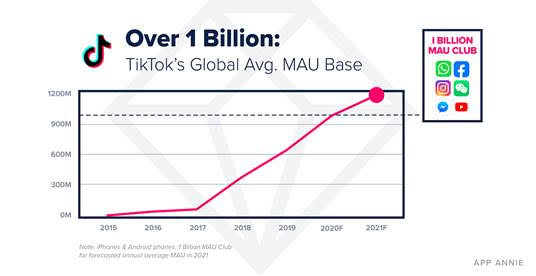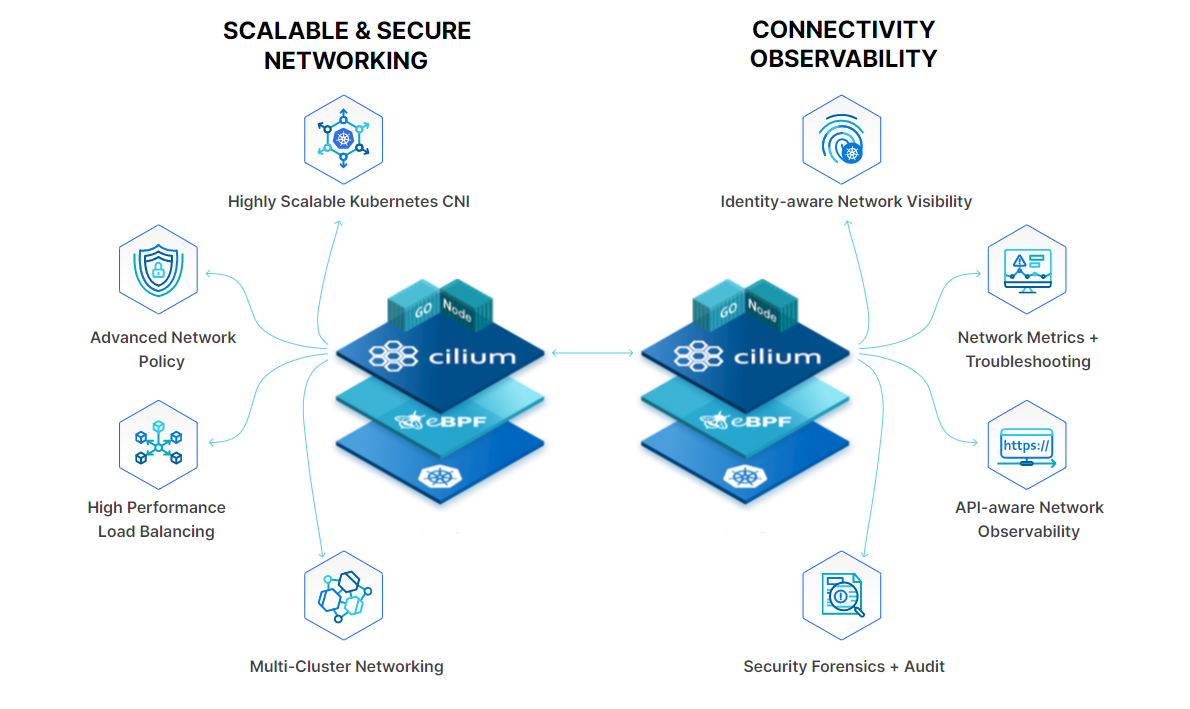News: Treviranus, Butler and Fruchterman to speak at Sight Tech Global
Sight Tech Global goes live the week after Thanksgiving on December 2-3, and now’s the time to pick up a free pass! The agenda for this virtual, global event on AI-related technology and accessibility for people who are blind or visually impaired just keeps getting better. Today we’re delighted to announce two new sessions
Sight Tech Global goes live the week after Thanksgiving on December 2-3, and now’s the time to pick up a free pass! The agenda for this virtual, global event on AI-related technology and accessibility for people who are blind or visually impaired just keeps getting better.
Today we’re delighted to announce two new sessions as well as our host for Sight Tech Global, Will Butler, a vice-president at Be My Eyes and host to the popular Be My Eyes and 13 Letters podcasts. Butler will run the Sight Tech Global virtual “desk,” where he will offer a running commentary on the sessions as well as introduce speakers and moderators. Be My Eyes is also the attendee-support partner for Sight Tech Global, and volunteers will be standing by to assist anyone who has questions during the event.
Butlers joins several TechCrunch moderators for sessions at the event, including Matthew Panzarino, Megan Rose Dickey, Kirsten Korosec, and Devin Coldewey.
Here are the two new panels on the agenda:
AI, Fairness and Bias: What technologists and advocates need to do to ensure that AI helps instead of harms people with disabilities
While it’s clear that AI-based technologies like natural language processing and computer vision are powerful tools to help with accessibility, there are also areas where AI technologies inject bias against people with disabilities by contrasting them against “norms” established in databases. This panel will look at examples of where that is happening – in employment software, benefits determination or even self-driving cars, for example, – and approaches that will help address these issues from the ground up.
Jutta Treviranus, Director of the Inclusive Design Research Center
Lydia Brown, Policy Counsel, Privacy and Data Project
Moderator, Jim Fruchterman, Founder, Benetech
Inventors invent: Three new takes on assistive technology
Inventors have long been inspired to apply their genius to helping blind people. Think of innovators like Louis Braille and Ray Kurzweil, to name just two. Today’s ambitious pioneers have the cheap sensors, high speed data networks, and data and compute “in the cloud” to do more than ever before. In this session, three founders present products that have just or will soon enter production that they believe will improve the lives of people with disabilities.
Keith Kirkland, Wayband
Khartik Mahadevan, Envision Glasses
Andres Forsland, Cognixion
Moderator, Ned Desmond
Sight Tech Global is a production of the non-profit Vista Center for the Blind and Visually Impaired, which has served people on the San Francisco Bay area for 75 years. All proceeds from the event, which is run entirely by volunteers, go directly to support the Vista Center’s work with blind and low vision people. We are very grateful for the sponsors who are backing Sight Tech Global, including Waymo, Salesforce, Mojo Vision, Ford, Vispero, Google, Microsoft, Amazon, Wells Fargo, Comcast, Accessibe, Eyedaptic, APH, Humanware, Verizon Media and TechCrunch. Sponsorship opportunities are still available.







